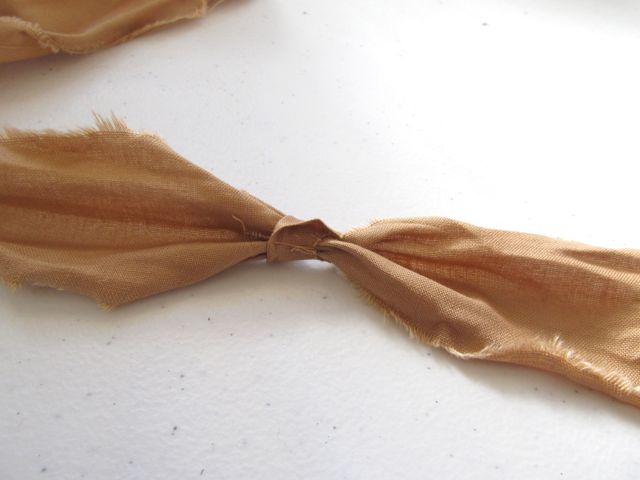Every builder who ever built a house without central heating is a barbarian. At least put in a woodstove, people!
Lots of houses outside of America don't have push-button heating and cooling. Shocked? Don't be. I grew up when only homes in the north had a furnace in the basement. Most southern homes never saw heating or cooling installed.
What does this have to do with today's post? A few months ago I made a stash of "toothbrush" needles for making rag rugs (also available in my shop). The needles are actually handcrafted from pine and hardwood, but they have been improvised from plastic toothbrush handles for the last 50 years or so and the name stuck.
I also posted about the rug-making classes I taught locally. But I haven't blogged about it for awhile.
So when a reader asked about the rag rugs, I thought, hey, I just moved into a house with NO heating.
So it's rag rug to the rescue! It's about half finished after a morning's work and that includes lots of trips to the kettle and some online reading.
You can use cotton, linen, or wool fabric brilliantly. I cut my strips between 1 and 2 inches. Cotton flannel makes a tremendous bathroom or bedside rug. It's soft and warm. I made this one below from old flannel bed sheets.
I think my reader wants long story short on how to make these, so here's my best shot at showing the basics of a toothbrush or Amish rag rug.
The rug is made by repeating the same knot over and over. I start mine with an anchor strip and once I have made the knots down one side and then up, the anchor is hidden inside, and I just continue working around from loop to loop until I have the desired size. The rug is worked only on one side, meaning you work around and around without turning it over to the backside. I made this rug anchor about a foot long because I want a narrow oval for under my desk where I sit.
Once I have worked a few rounds, I just take out the safety pin and tack down the loose original ends to the back of the rug. Just a couple of stitches will do.
TROUBLESHOOTING:
The main problem you will have is either 1) making the knot loops too tight or too loose. You have to work that one out.
Or 2) the rug turns into a bowl (too few stitches) or goes all wavy (too many stitches).
To keep the rug flat, work it on a tabletop once you get a few rounds done. And just like a crocheted rag rug, you need to increase around corners or periodically on a round rug. To increase at the ends of my oval, just work an extra stitch or two at each end to widen and flatten the rug. If you don't increase, you get a bowl.
That's it really. Here's how to join the strips of fabric together and at the bottom is a list of helpful links for making an Amish rag rug with a toothbrush rug needle.
JOINING STRIPS:
As you work, you start to run out of strip. When it's too short to make any more knots, take the needle off the strip.
Clip a notch in the end of the strip. Clip notches in both ends of the new strip. Pull the end of the new strip (A) through the end of the one hanging off your rug. Thread the other end of the new strip (B) through A and pull through. Tighten to form a small knot.
Rethread your needle and keep knotting your rug.
LINKS FOR YOU!
Good video - easy to see
Starting with a chain stitch
About knot rugs
Making a rectangular toothbrush rug














No comments:
Post a Comment